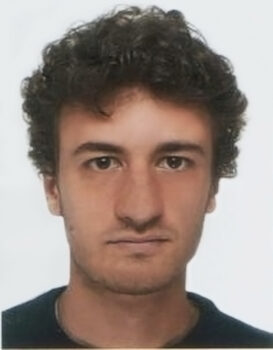
I am Emanuele, I am an Italian student graduated at University of Milan in the field of quantum optics. My master thesis was carried out in Paris within the Quantum physics and devices group (QUAD) of Carlo Sirtori, where I studied two-dimensional electron gases in semiconductor quantum wells.
I then chose to apply for a PhD in the Quantronics group in Saclay, under the supervision of Patrice Bertet and Emmanuel Flurin. Here I am presently working on circuit quantum electrodynamics applied to single microwave photon detection and quantum limited paramagnetic resonance. Microwave photons are quite hard to detect due to their energy which is orders of magnitude lower compared to optical photons. By carefully engineering the interaction between a superconducting quantum circuit and its environment, based on a recent work by R. Lescanne et al., we were able to build a detector of single photons at microwave frequencies. Now for the first time such a device is being employed in practical experiments to directly measure the incoherent relaxation of individual quantum systems, to demonstrate its outperforming performances compared to other widespread methods.
Publications
- Probst, V. Ranjan, Q. Ansel, R. Heeres, B. Albanese, E. Albertinale, D. Vion, D. Esteve, S.J. Glaser, D. Sugny, P. Bertet, “Shaped pulses for transient compensation in quantum-limited electron spin resonance spectroscopy“, Journal of Magnetic Resonance 303, 42 (2019).
- Lescanne, S. Deléglise, E. Albertinale, U. Réglade, T. Capelle, E. Ivanov, T. Jacqmin, Z. Leghtas and E. Flurin, “Irreversible qubit-photon coupling for the detection of itinerant microwave photons“, PRX 10, 021038 (2020).
- Ranjan, J. O’Sullivan, E. Albertinale, B. Albanese, T. Chanelière, T. Schenkel, D. Vion, D. Esteve, E. Flurin, J.J.L. Morton and P. Bertet, “Multimode storage of quantum microwave fields in electron spins over 100 ms“, arXiv:2005.09275 (2020).


